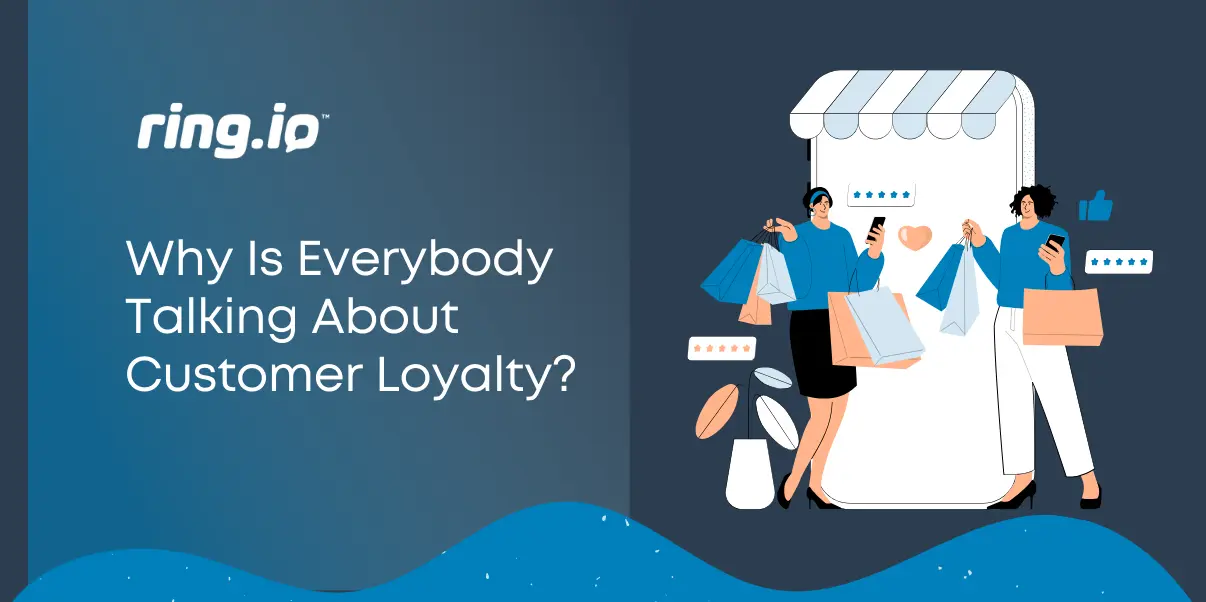This past June marked an important milestone for the U.S. economy: the five year anniversary of our economic recovery. Despite the fact that the economy has been on the way up for years, many businesses are still operating in recession mode. Long sales cycles have been an increasingly difficult challenge for B2B marketers since the recession in 2008. You are probably used to playing the waiting game, but have you shifted your sales strategy to match the post-recession sales cycle? If not, it’s time to adjust your style to meet these buyer behaviors.
Gain the Trust of the Risk-Adverse
Even though the economy is looking up, the thrifty mindset of the recession isn’t budging anytime soon. With limited resources, companies were forced to do more with less. Overall, this has led to a shift in decision making in corporate culture as well as small businesses. The purchasing process is more deliberate, cautious, and strategic. Peter Drucker once said, “[s]uccessful innovators are conservative. They have to be. They are not ‘risk-focused’; they are ‘opportunity-focused.’” For these risk-adverse businesses, building trust is one key to conversion. By gaining the trust of these buyers over time, you have the chance to prove that your product or service is more of an opportunity than a risk. Practice patience and you will be rewarded.
Tackle Multiple Decision Makers
Another trend in B2B sales is the increase in the number of decision makers involved in the purchasing process. Unfortunately more people involved in the process means an increased likelihood of someone saying “no”. Although this complicates the traditional sales process, there are a few things you can do to adjust:
- Understand Priorities and Values-Research and ask questions to help understand the values and priorities of the organization and the team. Understanding what makes the team tick can help you gain insights that can help you persuade them during the purchasing process.
- Identify the Linchpin-Even if there is no one member who will formally be in charge of a final decision, there is still someone who is influential enough to sway the rest of the team. Targeting this person will make things much easier. Don’t assume this is the senior member of the team
- Know Who’s Who-Who are the decision makers? You should clearly understand each person’s role in the decision making process. Take note of any changes to the team over the course of the purchasing process.
Align your Process with Buyer Expectations
First, accept that your sales staff is not the primary source of product information for buyers. The buyer expectation is that you will offer more than just information. Postwire’s CEO, Cliff Pollan explained that,”[i]n the old world of sales, salespeople controlled the information. Today, all of the information is publicly available on the internet. The salesperson must now add value, because if salespeople are not adding value to the discussion, they’re losing.”
More and more buyers are self-educating, so it’s vital that you meet the buyer where they are. In other words, take some time to investigate what they already know and fill in the gaps. It can be quite frustrating for buyers to feel like they are moving backwards in the purchasing process. Don’t waste their time by rehashing what they have already researched. Instead of giving a broad overview of the basics, focus on customization and specific questions and concerns.
Shift to Inbound Marketing
SiriusDecisions predicts that by next year over 70% of inquiries will be inbound. Inbound marketing is more affordable, trackable, and effective than traditional outbound marketing, so it’s no surprise that companies are continuing to embrace it. What does the shift to inbound mean for the B2B sales process? Of course it all comes back to content. With the old sales funnel model, purchasing decisions were typically made after the vendors met with prospects and helped to educate them. This is no longer the case. Most B2B purchases are happening with almost no previous vendor contact, so it is your responsibility to educate and inform through your content. This means anticipating the questions and needs of prospects and catering your content to these needs.
While a longer sales cycle can be very frustrating for some, it can also serve as an opportunity for professionals to learn more about the sales process. Examine your current sales process. Are you still using the old sales funnel model or are you changing to meet to needs of your new customers?






